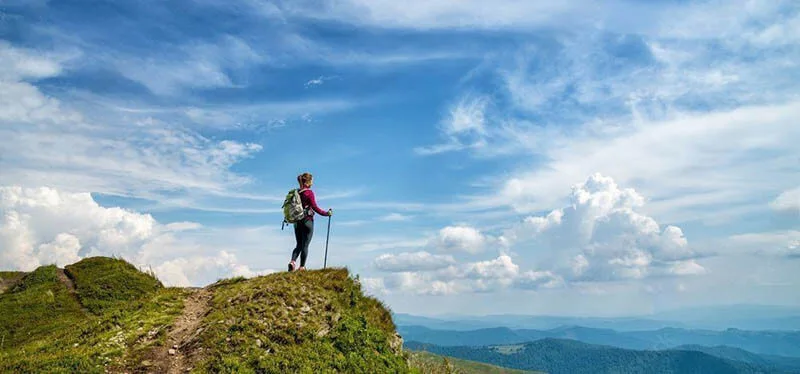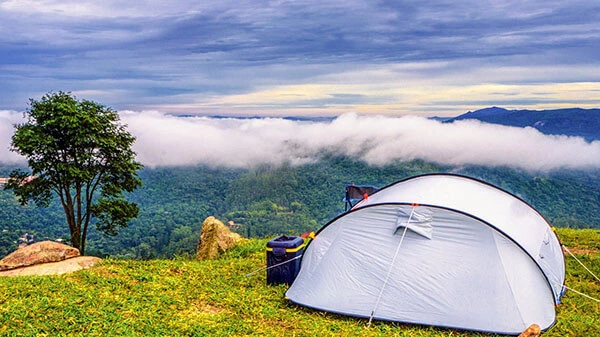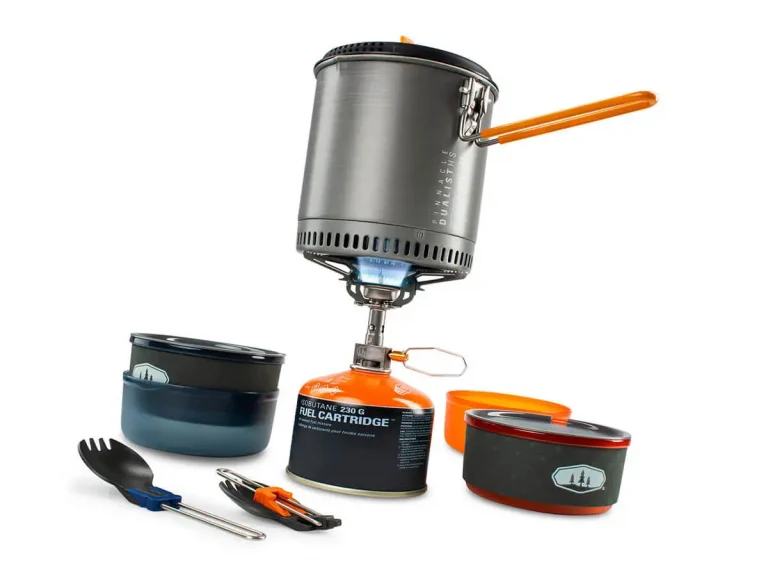Best Hiking Sock Liners to Prevent Blisters on the Trail (2022)
Sock liners are usually thought of as a necessary evil. They are often seen as an extra layer of material that just gets in the way and makes your feet sweat. However, sock liners can be quite beneficial, especially if you have sweaty feet or you are prone to blisters.
Sock liners are thin, often made of cotton, Coolmax, Wool, or Polypropylene and they help to absorb sweat and prevent abscesses. They also help to keep your feet warm in cold weather and can help to reduce friction. If you have never used sock liners before, you may be surprised at how much they can improve your comfort level on your next trail running or hiking.
There are a few things to keep in mind when choosing sock liners. First, they should be thin and comfortable. You don’t want anything too bulky that will make your feet sweat more. Second, they should be made of a material that will wick away sweat and help to avoid blistering. And finally, they should be affordable so you can stock up!

What Materials are Best for Liner Socks?
Liner socks are one of those wardrobe staples that no one ever really talks about, but everyone needs. They’re the unsung heroes of the sock world, quietly doing their job of keeping your feet dry and comfortable while you go about your day. But what materials are best for liner socks?
There are a few different options out there, but the most popular is probably made from cotton, wool, or synthetic materials like (nylon or acrylic, polypropylene, or polyester blends). Each has its advantages and disadvantages, so it’s important to choose the right material for your needs.
Cotton liner socks are usually the most affordable option, and they’re also fairly breathable. However, they don’t provide much insulation, so they might not be the best choice for colder weather. Wool liner socks are a bit more expensive, but they’re much warmer and more durable. Synthetic materials like polyester or nylon are also fairly inexpensive, and they offer good insulation. However, they’re not as breathable as cotton or wool, so they might not be the best choice for people who tend to sweat a lot.
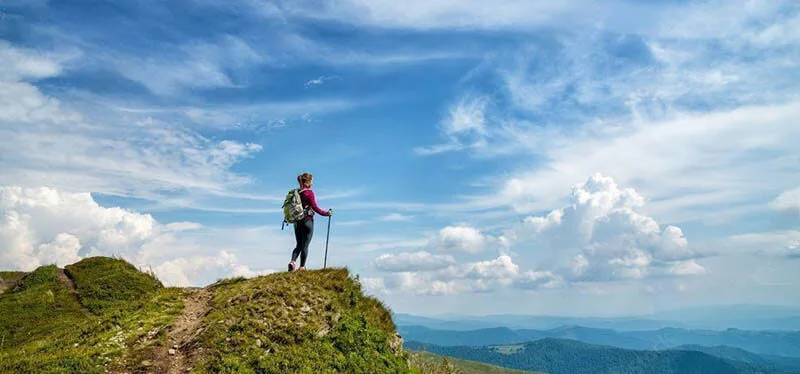
Do Sock Liners Really Work?
Here’s the thing: sock liners are designed to wick away moisture and keep your feet dry. They’re usually made of lightweight material like wool or polyester, and they fit snugly inside your shoe.
We tested sock liners by wearing them during a strenuous workout. We were sweating buckets, and our feet were wet. But when we took off our shoes, our feet were surprisingly dry!
So, do sock liners work? Absolutely! If you’re looking for a way to keep your tootsies dry and comfortable, give them a try.
How to Choose Hiking Liner Socks?
Hiking is a great way to get some exercise and fresh air, but it can be tough on your feet. That’s why it’s important to choose the right hiking liner socks. Here are a few things to consider when choosing the perfect pair of hiking liner socks:
Weight: You don’t want your socks to weigh you down, so choose a lightweight pair.
Cushion: A little cushioning can go a long way when you’re hiking, so look for socks with some padding.
Length: Make sure your socks are long enough to protect your ankles from rocks and other debris.
Materials: Choose socks made from breathable materials like wool or bamboo to keep your feet cool and dry.
Style: There are all sorts of different styles of hiking socks, so choose the ones that fit your personal preferences.
Durability/Warranty: You want your socks to last, so choose a pair that’s durable and comes with a good warranty.
Can Sock Liners Help Prevent Blisters?
Let’s face it, sores are no fun. They hurt, they’re annoying, and they can ruin your day. So, when we see a product that claims to help forestall blebs, we’re intrigued.
We all know the feeling. You’re out on a long hike, enjoying the scenery and getting your steps in when suddenly you feel a hot, painful bleb forming on your foot. It’s the worst! But never fear, sock liners are here to save the day…or are they?
Can sock liners help avert blisters? We put the question to the test.
We’ll be honest, we were skeptical at first. But, we were willing to give it a try. After all, anything that can help avoid them is worth a shot, right?
We tried a variety of sock liners, including those made of different materials and with different levels of padding. And, we have to say, we were impressed.
The sock liners helped prevent them. We didn’t get a single one while wearing them.
Now, we’re not saying those sock liners are a magic bullet. They’re not going to stop all sores all the time. But, they can help, and we’re glad we tried them.
So, if you’re looking for a way to help avoid blisters, give sock liners a try. They just might surprise you.
What Causes Blisters?
We’ve all been there. You’re out for a run, a hike, or playing a game of tennis, and suddenly you feel a hot, stinging sensation on your foot. You look down to see a large blister forming on your skin. Blisters are a common nuisance that can be painful and frustrating. But what exactly causes them?
There are two types of blisters: friction blisters and pressure kind. Friction boils occur when there is rubbing or friction against the skin. This could be from shoes that are too tight, or from wearing new shoes without breaking them in first. Pressure ones happen when something puts pressure on a specific area of the skin for an extended period. This is often seen in people who have to stand for long periods, such as nurses or factory workers.
So now that we know the two types of blisters, let’s take a closer look at what causes each one.
Friction cysts are caused by, you guessed it, friction! When there is rubbing against the skin, it damages the outer layer of skin cells known as the stratum corneum. This damage causes fluid to leak out from the underlying layers of skin and form a watery pimple. The fluid inside acts as a cushion and protects the damaged area from further injury.
Pressure blisters are also caused by damage to the stratum corneum, but in this case, it’s due to pressure rather than friction. When something presses down on the skin for an extended period, it can damage the delicate tissue beneath. This could be from ill-fitting shoes or spending too much time sitting in one position without moving around. As with friction, pressure sores fill with fluid to protect the damaged area underneath.
5 Best Hiking Sock Liners for Hiking and Blister Prevention
Injinji Liner Crew NuWool Socks:
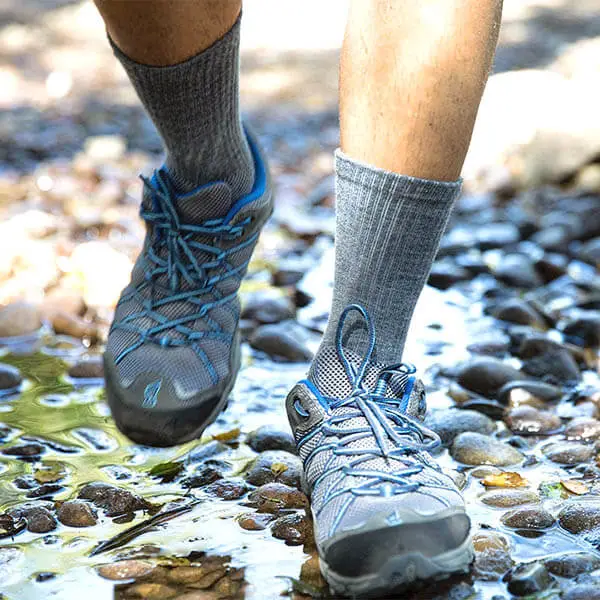
This is an excellent base layer for your sock system, with its COOLMAX® EcoMade and nylon fibers providing exceptional moisture management, breathability, durability, and softness. With a patented five-toe design that minimizes skin-on-skin friction and lets your footwork naturally for better alignment and feels underfoot, pairs perfectly under wool socks, this ultrathin crew is also great for warm weather hikes and runs.
Why do we like it?
- Blister Prevention and odor-resistant thanks to Merino wool.
- Moisture Management
- Total Foot Utilization with maximum skin coverage and sweat-wicking
- Fiber content: 75% CoolMax EcoMade, 21% Nylon and 4% Lycra
- So soft and comfortable
- Thin, comfortable, and prevent discomfort during long hikes
Things we don’t like:
- Loses fit after a while at the big toe.
- Wears out very fast

REI Co-op COOLMAX EcoMade Liner Crew Socks:
The liner socks are made to be worn under your hiking socks as a barrier against chafing, or they can be worn alone on hot day hikes. These socks are moisture-wicking,breathable, and durable. This unisex knee sock is made of recycled polyester of 50% Coolmax EcoMade polyester/49% nylon/1% spandex.
Why do we like it?
- Socks feel cozy and soft on the feet
- Comfortable and durable
- They’ll keep your feet comfortable for hours on end, no matter how long the trail may be.
- Perfect for everyday wear, not just trekking
Things we don’t like:
- It might cause sores because of the thick seam in the toe section
- The texture doesn’t feel as fine as the silk liner sock
Best Merino Wool Hiking Sock:
There are a lot of great hiking socks on the market, but if you’re looking for the best of the best, you need to get yourself a pair of merino wool hiking socks. These socks are made from premium merino wool, which is extremely soft and comfortable. It’s also very effective at wicking away moisture, so your feet will stay dry and comfortable even on long hikes.
another great thing about merino wool hiking socks is that they’re naturally antimicrobial, so they’ll help to keep your feet healthy and free from bacteria. They’re also quite durable, so you can expect them to last for many hikes to come.
Darn Tough Hiker Micro Crew Cushion Socks

Why do we like them?
- A performance fit means no slipping, no bunching, and no blisters for peak hiking comfort. In other words, your feet will be happy as can be while you’re taking on that mountain!
- Darn Tough’s use of custom-count, shrink-treated merino wool provides comfort and durability for outdoor activities.
- Ideal height, great cushioning, lifetime warranty! you can be sure that this product will last you for years to come.
- This pair of socks is perfect for backpacking trips! They’re extremely comfortable and moisture-wicking, and they’ll stay smell-proof even after a few days of wear.
Things we don’t like:
- Poor sizing: L too tight and XL too loose!
- Too warm for a midweight sock
- Not the best fit for high arches
Best Silk Liner Sock for Hiking:
REI CO-OP SILK LINER CREW SOCKS:
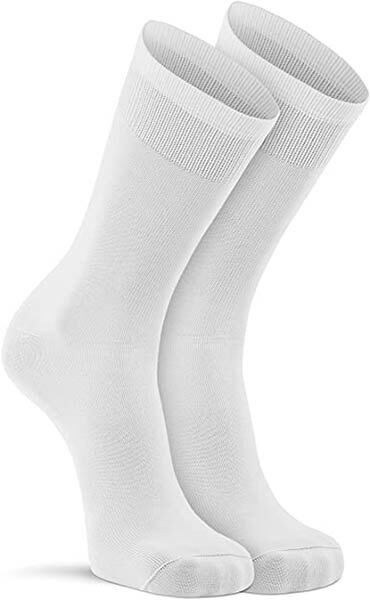
This is our editor’s choice for a hiking sock liner. Strong and moisture-absorbent. They’re made in the USA from durable silk, great for preventing blisters. They’ll keep your feet cool and comfortable on those long treks. Plus, they’re REI brand, so you know they’re quality and are built for adventurers. These socks keep my feet nice and snug, so there’s no chance of anything irritating my skin.
These babies have been tested on Mt Kilimanjaro on an 8-day hike. It worked wonders, both at a low elevation where it was hot and on the summit when freezing cold.
Why do we like them?
- Cool and moisture-absorbent for comfort on those hot trails
- Warm and soft, they just can’t take them off!
- The knit heel and toe areas are shaped for a comfortable fit, so you can feel good all day long!
- This wool is so soft, you’ll forget you’re wearing it! And it’s naturally odor-resistant, so you’ll stay fresh all day. Plus, it provides itch-free comfort and moves moisture away from the skin, so you’ll stay dry and comfortable no matter what.
- Made in the USA
Things we don’t like:
No Cushioning
Best Lightweight Sock for Summer Hiking:
Smartwool PhD Outdoor Light Hiking Crew Socks
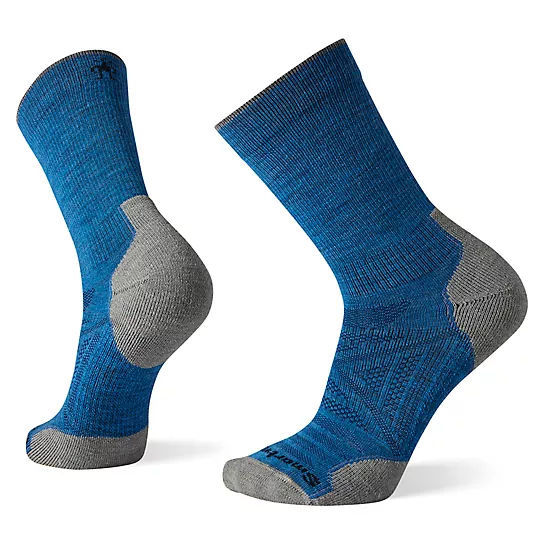
There are a lot of reasons to love them. They’re comfortable, they look good, and they make your feet feel amazing. But there’s one reason that stands above the rest: they make you feel like a total badass.
When you put on a pair of Smartwool hiking socks, you can’t help but feel like you can take on the world.
Whether you’re scaling a mountain or just taking a leisurely stroll through the park, these socks give you the confidence to take on anything. And that’s really what it’s all about, isn’t it? Feeling like you can take on anything.
Why do we like them?
- Indestructawool technology lets you exploit durability at its peak
- The 4 Degree Elite Fit system
- Light Cushioning
- Keeps feet dry thanks to the Smartwool tech. Ideal for those with excessively sweaty feet
- They are so good, we give them as gifts on Christmas!
Things we don’t like:
- Toes are too toasty
- The sizing runs a little small.
What Should I Do if a Blister Forms Even with a Liner?
If you’re anything like me, you probably spend a lot of time thinking about blains. What causes them? How can I prevent them? And, most importantly, what should I do if a sore form even with a liner?
There’s no need to panic if you find yourself in this predicament. Just follow these simple steps and you’ll be back to your blister-free self in no time.
First, take a deep breath and try to relax. It’s important not to stress out about the situation. They are annoying, but they’re not the end of the world.
Next, take a close look. Is it big or small? Is it filled with clear fluid or blood? If it’s small and not too painful, you might be able to just leave it alone. But if it’s large or painful, you’ll need to pop it and drain the fluid.
To pop a cyst, use a sharp needle that has been sterilized with rubbing alcohol. Poke the needle into the edge of the boil and then carefully push down on the plunger to release the fluid. Once the fluid is drained, cover the area with a bandage or piece of tape.
If the pimple is particularly large or painful, you might want to see a doctor to have it drained professionally. But for most sores, following these simple steps will do the trick.

